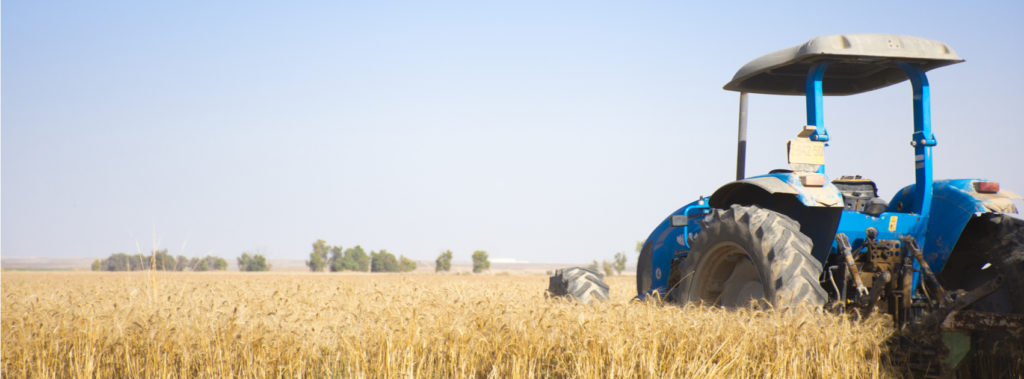Kibbutzim (plural for kibbutz) play a major role in Israel’s economy and in My Olive Tree’s restoration efforts in the Holy Land. At My Olive Tree, we do more than supply trees to kibbutz farmers, we also provide water conserving irrigation for the life of the olive trees, blessing the farmer with profit and harvest year-after-year.
A kibbutz is a collective community traditionally based on agricultural production. These unique communities have a rich history in Israel. They have promoted the economy, suffered in recession, and have reemerged with new life and new hope for the nation of Israel.
>>>WHAT IS A KIBBUTZ<<<
The ups and downs…
Israel’s thriving kibbutz of the 1950s, 60s and 70s underwent economic change in the 1980s. Due to economic changes from technological improvements and production, Israel’s dip in the 80s forced many young farmers to seek jobs in the cities.
This left the once thriving farming communities failing. In recent history, however, there has been a redefining of kibbutzim. Younger people are eager to return to this former way of life.
Why young people are returning to kibbutz communities and their nation’s roots.
Young families are moving to these rural areas in hopes to be part of a calmer lifestyle and tight-knit community in contrast to the busyness of city life.
Lifestyle. Free from the confinement of the city, these families are embracing the blessings of owning homes on land plots rather than apartment living.
Another change that came with the kibbutzim rebound in the economy was privatization and differential wages. Despite these modifications, the communities have maintained a strong sense of mutual responsibility, commitment, and caring for one another, as well as embracing the value of family.
Work ethic. Strong work ethic is another characteristic of the kibbutz lifestyle. Side-by-side with family values, children are raised understanding the importance of hard work and mutual help.
From early school age to high school, children engage in age-appropriate tasks around the kibbutz, giving them the opportunity to contribute to the community—experiencing first-hand how their personal efforts impact individuals and build amity.
Waiting lists. The draw of kibbutz life has become so strong in recent years, that there are now waiting lists. Larger kibbutz near the center of Israel, as well as smaller outlying communities, have waiting lists that continue to grow in numbers.
“Kibbutz movement secretary general Nir Meir says every year, on the eve of Shavuot, the number of babies on the kibbutzim is tallied. This year the number exceeded 3,000.”[i]
We should not be surprised that kibbutz life has become a desire for many in Israel. The Jewish nation has long sought and fought to return to their homeland, to make the desert bloom and reconnect with the precious soil.
This movement only confirms the strength, endurance, and hope of the nation of Israel. These families and children are restoring the land, culture, and passing on a legacy. We invite you to be a part of this restoration movement. Sponsoring a tree for farmers to harvest, increases hope, security, and the economy… blessing them for years and years to come.
